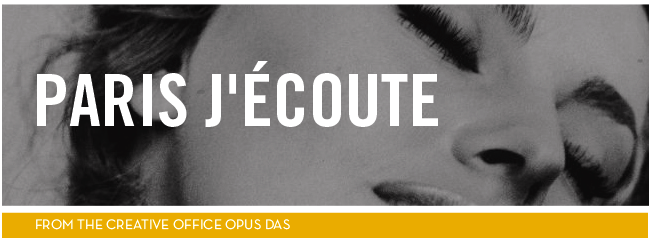
Typical Haussmann Street to your left, Musée D'Orsey to your right
The experience of life as gained through the senses will be our starting point today, as it is with any other.
Invisible Cities is a short, but intimate novel by Italian writer Italo Calvino. In it, he documents the travels of Marco Polo, describing each city he visits with an imaginative sense of exploration while re-creating lucid windows of habitation. My favorite aspect of the novel is that in the end, if you are reading between the lines you'll figure out that what Calvino is describing is not many cities, but one, Venice. This notion has stayed with me for some time now, and it provided the perfect metaphor for this post.
The day before yesterday, I went to Musée D'Orsey, sat down observed and recorded. After about six hours, I left with no real conclusion as to what I did that day. This happens more often than you would think. So I went back to the studio, listened to the recordings, to myself walking through the space and I found the city inside. I realized that the main space's "comfortableness" is due to the fact that it performs strategically as a space we're very familiar with. The way one moves through the building is the exact same way you would move through a typical Parisian street during a time before there were automobiles. I had only come to this conclusion because the day before I accidentally recorded myself walking home, and the transitions and diversity of sound spaces in D'Orsey reminded me of that recording.
There is a central street lined with sidewalks. Secondary to these main sidewalks are larger public squares which open up to smaller more intimate areas. Once you pass these areas, both large and thin, you will find lobbies and landings providing access and circulation to the smallest of spaces, the rooms... Because the space is stimulated by a street-like organization, the life here is more than just a promenade, it's theater. Take notice of the people behind the lenses of their cameras here. They pose like statues, there is a grace to their line.
So there it is. When you come to Paris, and you will come, find this invisible city.
Two ways of looking at the same thing.






No comments:
Post a Comment